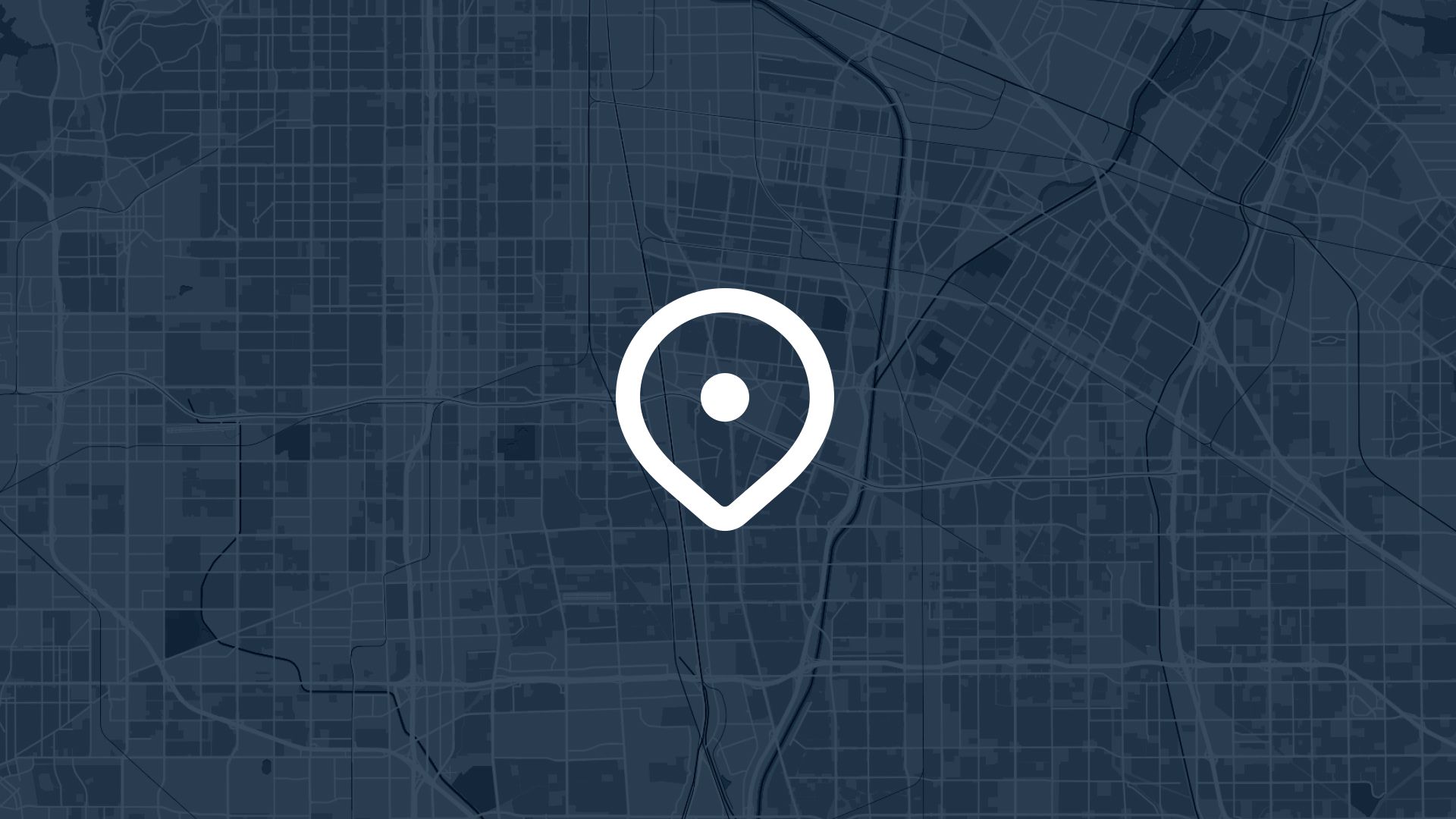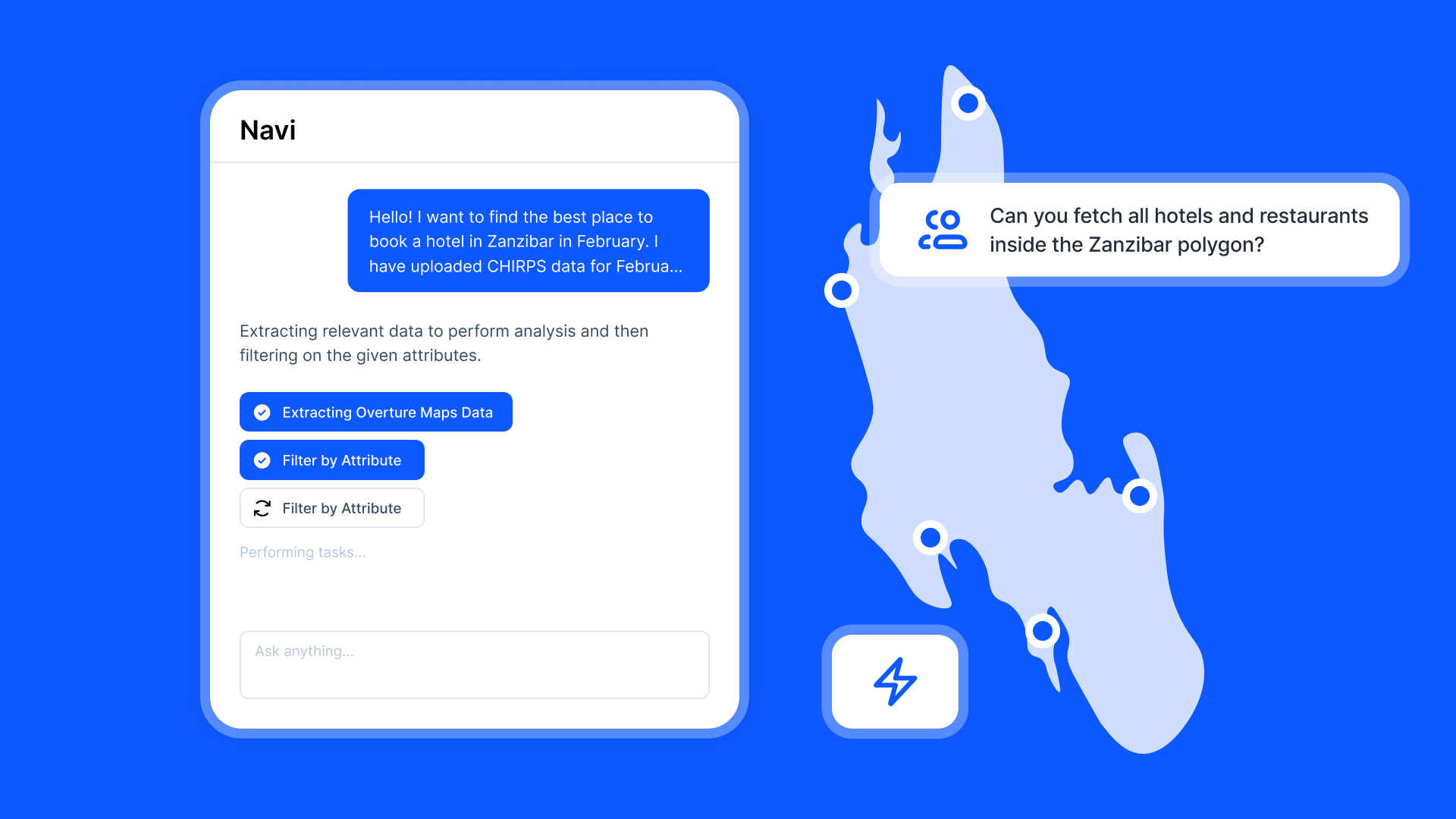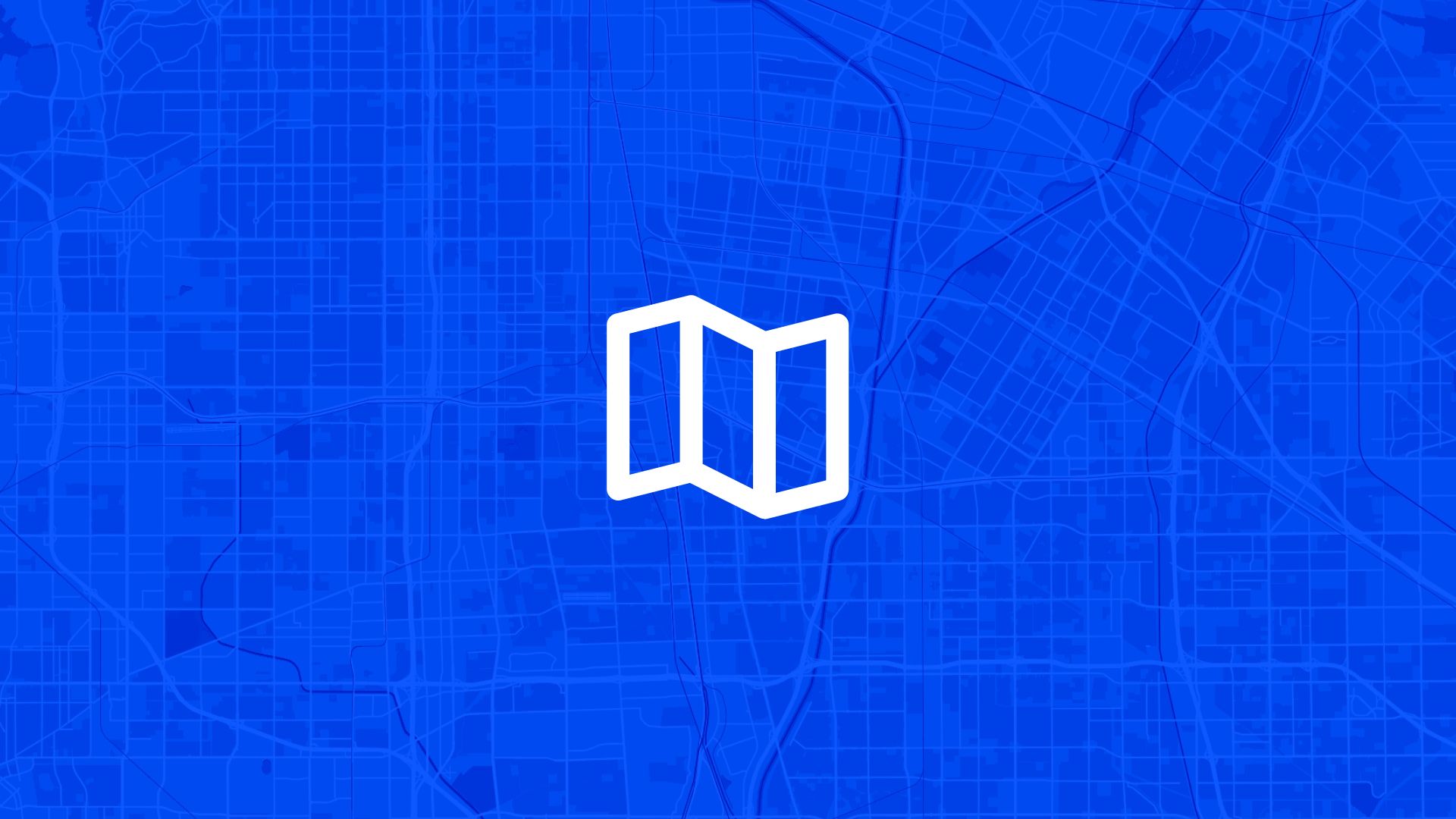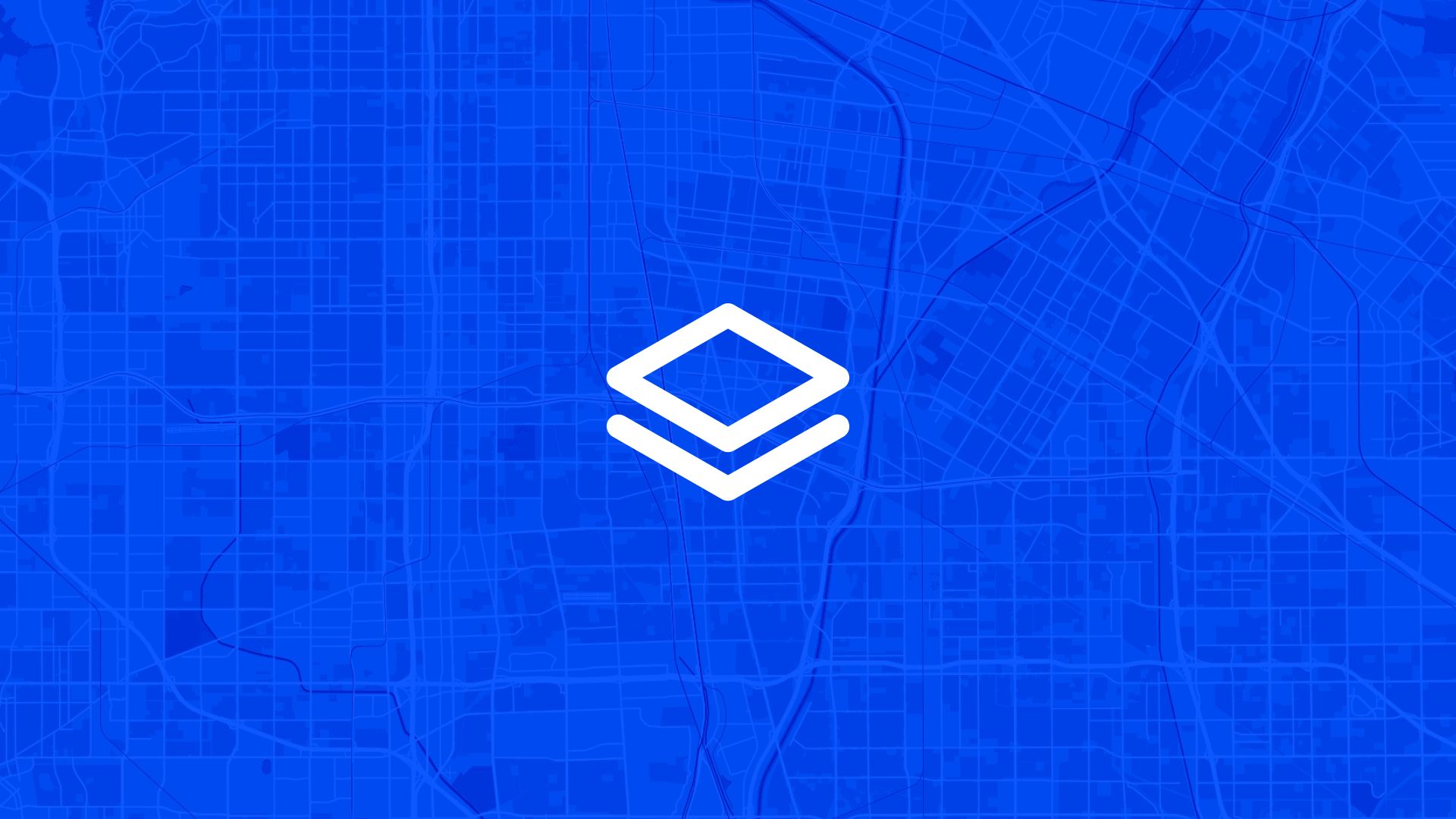The most successful neighborhood development processes start with clear visualization of proposed projects within complete community context that helps residents understand exactly what's being built and where.
If your development proposals rely only on technical site plans, zoning documents, or planning meeting presentations that lack neighborhood context and community input opportunities, you're missing the local knowledge that creates better development outcomes. That's why experienced planners ask: can we display new developments on neighborhood maps that show community context and enable resident feedback on project impacts?
With Atlas, you can create neighborhood development maps that combine proposed project visualization with community context and resident feedback capabilities. No isolated site plans, no disconnected community input, no uncertainty about development impacts on existing neighborhoods. Everything starts with clear geographic context and meaningful community engagement.
Here's how to set it up step by step.
Why Neighborhood Development Mapping Matters for Community Planning
Displaying new developments on neighborhood maps enables better community understanding and more effective input on project design and impacts.
So neighborhood development mapping isn't just good planning communication—it's essential community engagement that creates development outcomes that work better for existing residents and new community members.
Step 1: Map Your Neighborhood with Complete Community Context
Atlas makes it easy to create comprehensive neighborhood development mapping:
- Upload neighborhood boundaries showing the complete community area affected by proposed development projects
- Add existing community features including schools, parks, businesses, transit stops, and community facilities
- Import proposed developments with specific locations, building footprints, and project scope for each new project
- Include infrastructure context showing roads, utilities, parking, and transportation networks that serve the neighborhood
Once configured, your neighborhood map provides the geographic foundation for informed community discussion about development impacts and opportunities.
Step 2: Visualize Development Projects with Community Impact Context
Next, create detailed visualization of each proposed development within neighborhood context:
You can display different development aspects:
- Building and project footprints showing exact size, height, and location of proposed residential, commercial, or mixed-use developments
- Traffic and transportation impacts including new vehicle trips, parking demand, and effects on existing road and transit capacity
- Infrastructure requirements highlighting utility connections, stormwater management, and public service impacts
- Community benefit features showing parks, public spaces, affordable housing, or community facilities included in projects
- Construction timeline and phases indicating project schedule and temporary impacts during development periods
- Density and scale comparisons helping residents understand how new projects relate to existing neighborhood character
Each development gets clear visual representation that shows its relationship to the surrounding community and existing neighborhood features.
Step 3: Enable Resident Feedback on Development Impacts and Design
To collect meaningful community input on neighborhood development:
- Create feedback zones around each proposed development where residents can comment on specific project impacts and design features
- Set up impact categories for traffic, parking, density, design, environmental, and community benefit concerns or support
- Add alternative suggestion areas where community members can propose project modifications or alternative development approaches
- Include infrastructure feedback so residents can identify existing capacity issues and needed improvements
- Configure priority ranking allowing residents to indicate which development features matter most to neighborhood quality
Community engagement becomes focused on specific development impacts rather than general opinions about growth.
Step 4: Design Accessible Neighborhood Participation
To make development feedback inclusive and straightforward for all community members:
- Create simple map access through shareable links that work on any device without requiring planning or technical expertise
- Design clear project explanations with visual guides and plain language descriptions of proposed developments and their impacts
- Set up anonymous feedback options so residents can provide honest input about development concerns without privacy issues
- Configure multilingual support accommodating diverse community languages and communication preferences
- Add accessibility features ensuring people with disabilities can participate fully in neighborhood development discussions
Resident participation becomes accessible to all community members regardless of technical experience or meeting availability.
Step 5: Organize and Respond to Community Input on Development
To manage neighborhood development feedback effectively while building community support:
- Create input organization systems grouping feedback by development project, impact type, and community priority level
- Set up response procedures showing how planning staff and developers will address community concerns and suggestions
- Design regular update schedules keeping residents informed about how their feedback influences project design and approval processes
- Configure notification systems alerting interested residents about project changes, planning meetings, and approval milestones
- Establish transparent communication showing how community input shapes development outcomes and neighborhood planning decisions
Also read: Add Voting Locations to a Public Map
Step 6: Integrate Community Feedback with Development Review and Approval
Now that resident input is built into neighborhood development mapping:
- Generate community impact reports summarizing resident feedback on traffic, design, infrastructure, and community benefit aspects
- Create project modification documentation showing how community input influences developer design changes and city approval conditions
- Set up stakeholder communication keeping all interested parties informed about project progress and community engagement outcomes
- Design approval process integration incorporating resident feedback into planning commission, city council, or board review processes
- Export engagement data for integration with planning workflows, environmental review, or development agreement negotiations
Your neighborhood development mapping becomes part of comprehensive, community-responsive planning and development review processes.
Use Cases
Displaying new developments on neighborhood maps is useful for:
- Planning departments engaging residents in development review and creating community-responsive approval processes
- Neighborhood organizations facilitating resident participation in development planning and advocating for community priorities
- Development companies building community support and gathering input on project design and community benefit features
- Municipal agencies coordinating infrastructure planning with new development and ensuring adequate public service capacity
- Community advocacy groups supporting resident engagement in development processes and monitoring neighborhood change impacts
It's essential for any development planning where community context and resident input create better outcomes for existing and new community members.
Tips
- Show development in phases helping residents understand which projects will be built first and how neighborhood change will occur over time
- Include cumulative impact analysis showing how multiple developments together affect traffic, infrastructure, and community character
- Provide developer contact information enabling direct communication between residents and project proponents for detailed discussions
- Create comparison scenarios showing different development options or design alternatives that respond to community feedback
- Document success stories sharing examples of how community input has improved development outcomes in similar neighborhoods
Displaying new developments on neighborhood maps in Atlas enables comprehensive community engagement in development planning and review.
No separate planning platforms needed. Just map proposed projects, show community context, and create the transparent development process that connects resident knowledge with better neighborhood outcomes.
Planning and Public Feedback with Atlas
When you're planning projects that affect communities, the challenge isn't just creating good technical solutions—it's making sure those solutions work for the people who will live with them.
Atlas gives you the tools to make planning truly participatory: one map for proposals, community input, and transparent decision-making.
Share Plans and Collect Location-Specific Input
You can:
- Upload planning proposals with clear visual context and project details
- Enable public comments tied to specific geographic locations and planning elements
- Moderate and organize community feedback for meaningful analysis and response
Also read: Create a Public Feedback Map for a Project
Build Transparent, Responsive Planning Processes
Atlas lets you:
- Show how public input influences planning decisions and proposal modifications
- Create comprehensive engagement records for planning commission review and public accountability
- Export community feedback for integration with planning workflows and decision documentation
That means no more disconnected public input, and no more questions about whether community voices actually matter in planning decisions.
Plan Better with Community Knowledge
Whether you're updating comprehensive plans, reviewing development proposals, or planning infrastructure improvements, Atlas helps you tap into local knowledge that makes plans work better for everyone.
It's community-centered planning—designed for genuine public participation.
Boost Your Planning Process with the Right Tools
Planning moves fast, but communities need time to understand and respond to proposals. Whether you're collecting input, analyzing feedback, coordinating stakeholders, or making decisions—clarity and participation matter.
Atlas gives you both.
In this article, we covered how to display new developments on a neighborhood map, but that's just one of many things you can do with Atlas.
From project visualization to community engagement, stakeholder coordination, and transparent development, Atlas makes complex project planning accessible and participatory. All from your browser. No project management expertise needed.
So whether you're launching development projects, infrastructure improvements, or community initiatives, Atlas helps you move from "announcing projects" to "engaging communities" faster.
Sign up for free or book a walkthrough today.





